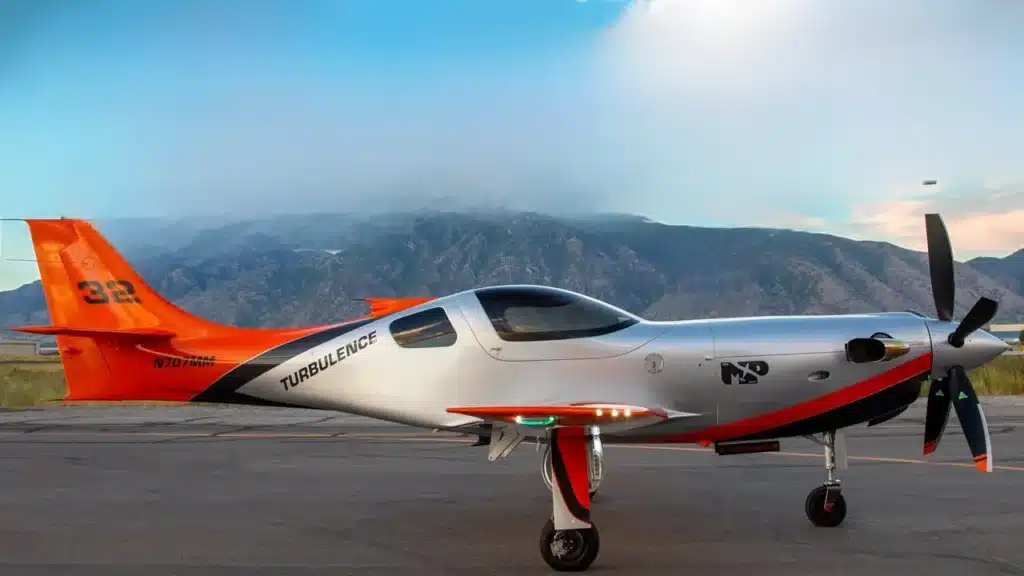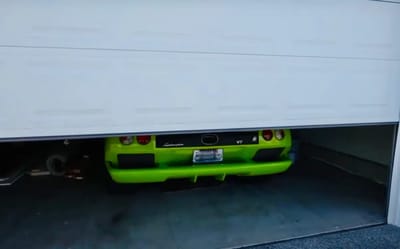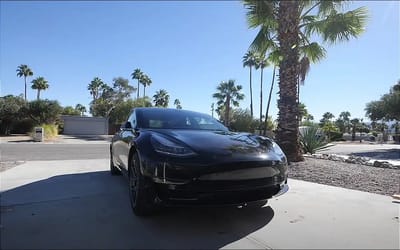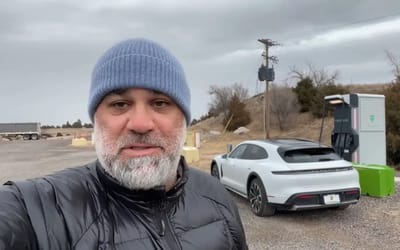Man says he has no idea the monster he has created after modifying aircraft into speed demon
- This Lancair Legacy has been modified extensively
- It now produces over 1,000 horsepower
- The man behind this project is a bit of a star when it comes to DIY aircraft
Published on Oct 07, 2024 at 6:10 PM (UTC+4)
by Alessandro Renesis
Last updated on Oct 08, 2024 at 3:26 PM (UTC+4)
Edited by
Tom Wood
A YouTuber spent time and effort – not to mention money – creating a light aircraft to create a 1,000+ horsepower beast.
This turboprop aircraft has been heavily modified and it is now a speed demon.
The thing, it has been modified so many times and in so many ways that even the owner is no longer sure what’s going on.
Understandably, he calls it the ‘Turbulence’.
DISCOVER SBX CARS: The global premium car auction platform powered by Supercar Blondie
What’s the under the hood?
This project is based on a Lancair Legacy, the original 540 twin-turbo engine in the aircraft was replaced many times to give it more power.
It also has a new fuel system, and it could burn up to 60 gallons per hour at cruise speed.
But, according to YouTuber Mike Patey, the jet also required a larger propeller, which means the landing gear had to be raised.
It now produces over 1,000 horsepower.
Not bad for a light aircraft.

How Turbulence compares to a ‘regular’ aircraft
The Legacy qualifies as a light aircraft, which is a description that’s usually associated with aircraft that weigh 12,500 pounds (5,670 kilograms) or less.
As a young pilot discovered (the hard way), they’re still mighty expensive to run.
Some people say that light aircraft might be replaced, at least in part, by eVTOLs, ie vehicles can take-off and land vertically.
But it’s hard to make a comparison.
More importantly, no one seems to be clear on how to best describe an eVTOL, mostly because no one seems to be sure whether flying cars are eVTOLs, or if there’s a difference at all.
The one thing we know for sure is that, whichever way you cut it, these vehicles require air worthiness certification, which is something Chinese automaker/eVTOL manufacturer AeroHT knows all too well.





